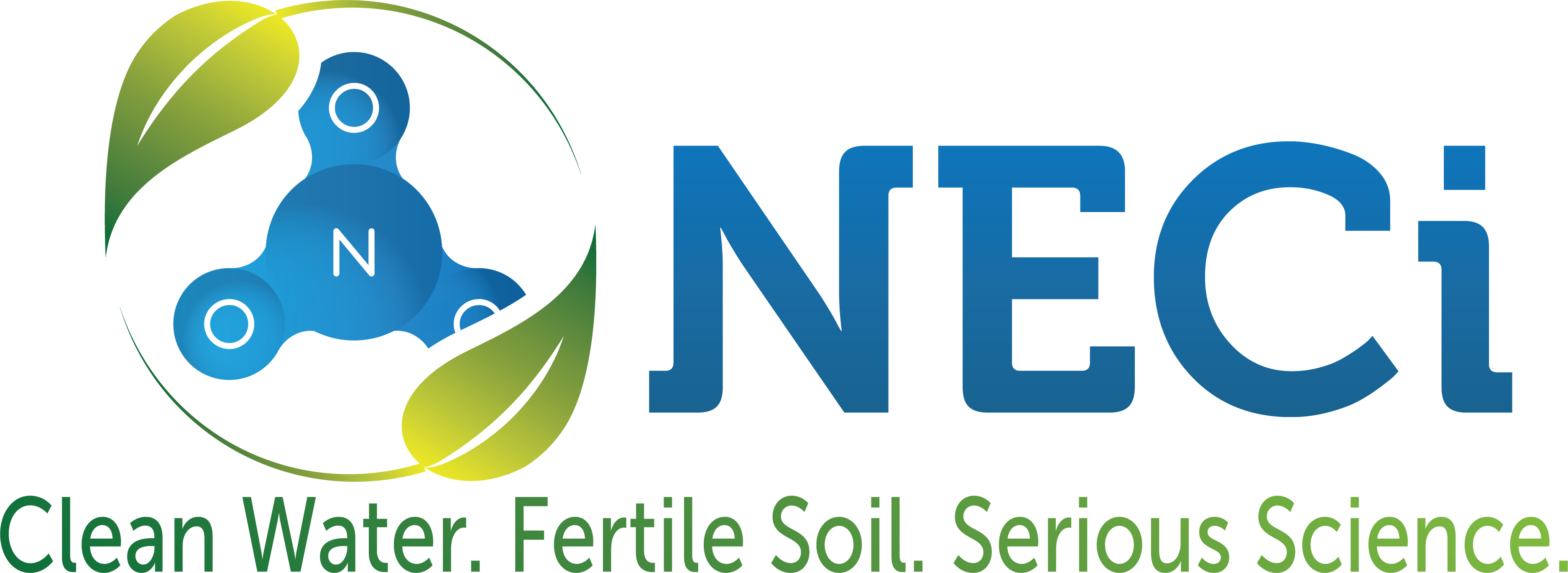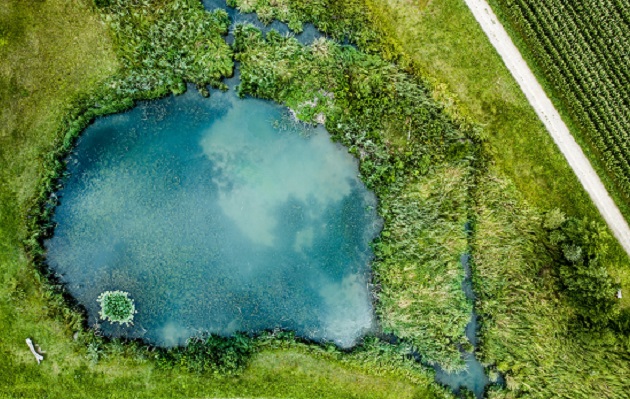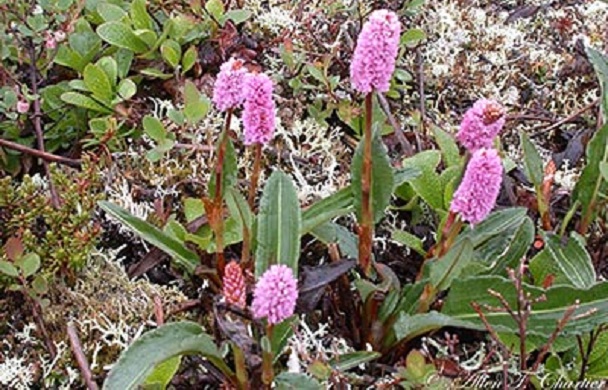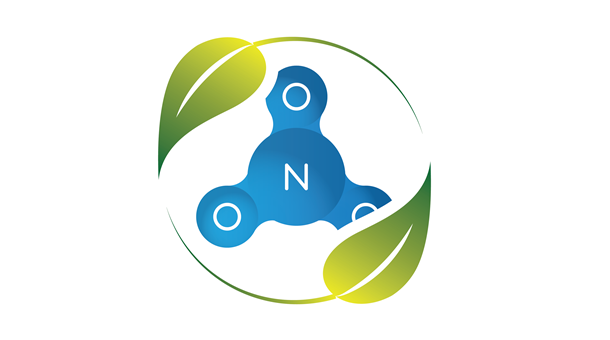Credit for following text to AlgaeIndustryMagazine.com, authored by Rachel Zussman, BioTechnology Institute at the University of Minnesota. Link to full article HERE.
Minnesota is an agricultural powerhouse that ranks 5th in the nation for total agricultural production. However, this agricultural prosperity may inadvertently threaten the future of the state’s 10,000+ lakes. Agricultural runoff, often high in inorganic nitrogen and phosphorous, can fuel the rapid growth of algae that deplete lakes and streams of oxygen. This process known as eutrophication threatens the structure and function of entire aquatic ecosystems and has been linked to dead zones as far downstream as the Gulf of Mexico.
Robert Gardner, a professor of bioproducts and biosystems engineering at the University of Minnesota West Central Research and Outreach Center, hopes to capture and recycle the nutrients in runoff water and produce an environmentally friendly microalgae-based biofertilizer. Dr. Gardner’s research, funded in part by a MnDRIVE Environment seed grant, could reduce demand for synthetic fertilizer while boosting farm productivity and sustainability.
Nitrogen and phosphorus, Dr. Gardner points out, are not inherently bad. Plants require both to grow and thrive, but synthetic fertilizers tend to oversaturate crops with nutrients, so the excess seeps into the runoff and eventually into lakes and streams.
The microalgae-based fertilizer proposed by Dr. Gardner eliminates this issue by releasing organic nutrients at a much slower rate. “We are capturing, converting, and recycling the inorganic nitrogen and phosphorous found in runoff water into an organic form,” he says. “Instead of seeping into the runoff, nutrients remain in the field and are released slowly as the algae decompose.”
To simulate a natural rain event and the resulting runoff, Dr. Gardner’s team utilizes a three-story water drop tower housed within the USDA-ARS North Central Soil Conservation Research Lab. The water is collected and analyzed for its nitrogen and phosphorous content. The team then cultivates the microalgae using nitrogen and phosphorous found in the runoff and carbon dioxide supplied by the project’s industry partner, Chippewa Valley Ethanol Company. Once harvested, the algae can be applied to crops as a biofertilizer.
Dr. Gardner is currently working to optimize the microalgae for specific crops and environmental conditions. “Similar to crop rotation, we must grow different microalgae strains at different times of the year,” he says.
Different strains may be applied in early spring or midsummer in response to changes in temperature and rain patterns. To make matters more complex, many plants use nitrogen at a faster rate than phosphorous. Even if nitrogen is eliminated from the runoff water, there may still be residual phosphorous. To address this issue, Dr. Gardner is currently exploring the rate at which differing algal strains take up the nutrients to optimize the system for different crops and field conditions.
In the lab, Dr. Gardner’s team is at work characterizing and optimizing algal strains and running simulations to establish best practices for deploying biofertilizers. Though still in the demonstration phase, the research shows promise for future broad-scale application. “Fertilizer is a precious commodity. If we are able to make it more sustainable while also increasing its capability,” he says, “it will help feed our future and save our lakes.”
Located in Benson, Minnesota, the Chippewa Valley Ethanol Company (CVEC) is the industrial partner for Gardner’s MnDRIVE project. By participating in the project, the company can recycle excess carbon that would typically go straight into the atmosphere. CVEC will also provide knowledge and structural support necessary to take the project to production scale. “These grand challenges take a team, and the Chippewa Valley Ethanol Company is an essential part of our team,” says Dr. Gardner.




